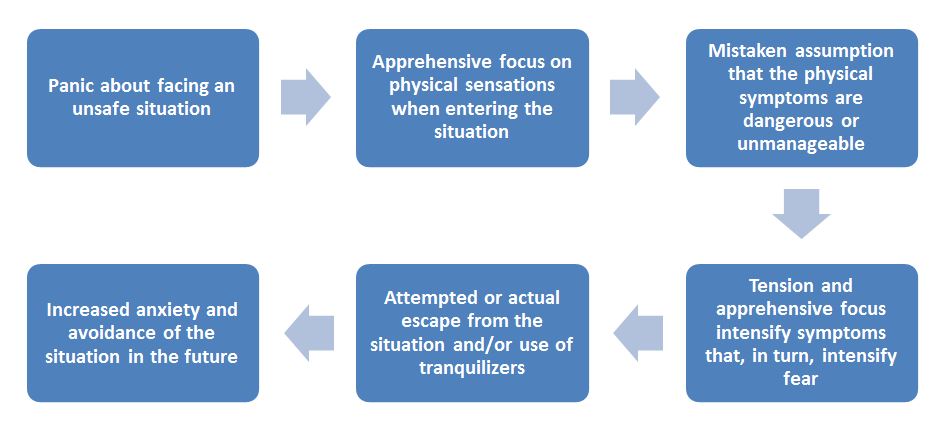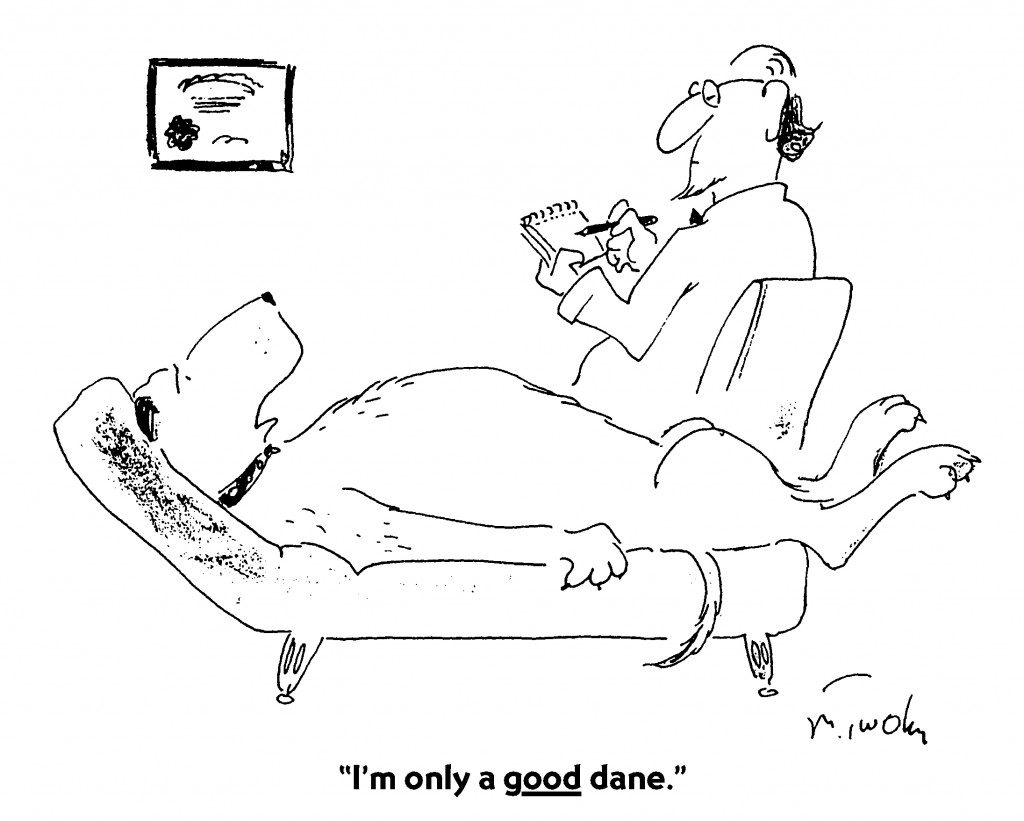Panic Disorder Overview
Panic is the unexpected upsurge of Intense fear usually accompanied by distressing physical symptoms, such as chest pain, rapid heartbeat, choking or smothering sensations, dizziness and gastrointestinal discomfort. In the throes of a panic attack, the person believes he/she may die or lose control of his/her mind. Panic attacks can evolve into panic disorder when, after the panic attack subsides, the person is left with a strong residual fear of the sensations associated with the panic. Most importantly, there is a desire to avoid any situations that might bring on feelings of panic. Fear of bodily sensations and a compromised lifestyle are the regrettable hallmarks of panic episodes.
Cognitive Behavioral Therapy for Panic Disorder
The essence of panic disorder is the misinterpretation of benign bodily sensations (e.g. rapid heart beat, irregular breathing) as dangerous signals of impending catastrophe. We educate clients about their bodily sensations so they can re-evaluate the exaggerated thinking that fuels their panic. We then teach clients how to safely elicit the dreaded bodily sensations and practice their more realistic thinking in the presence of these feared sensations. This enables clients to interrupt the anxiety feeding on itself (fear of fear thinking) that is the foundation of panic disorder. Clients can then take on situations they had been avoiding and regain the emotional equilibrium and freedom they enjoyed before the onset of the panic disorder.

